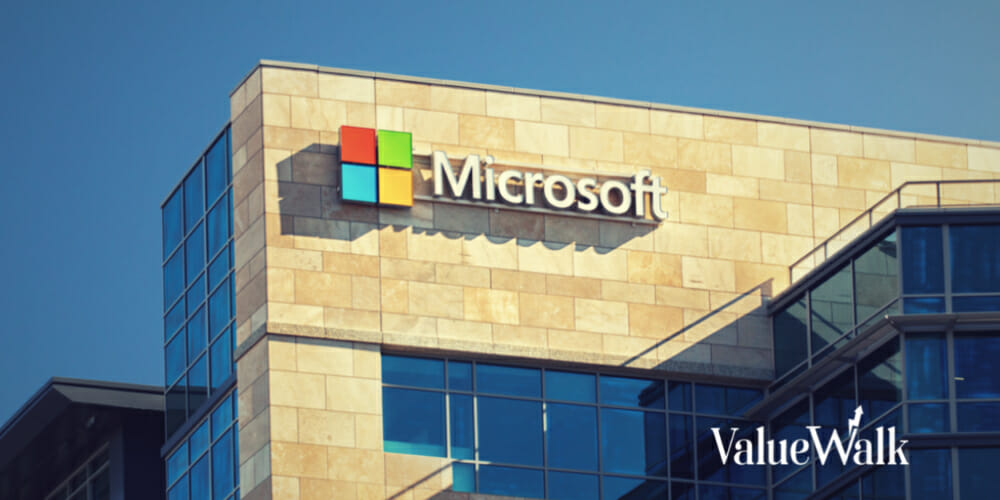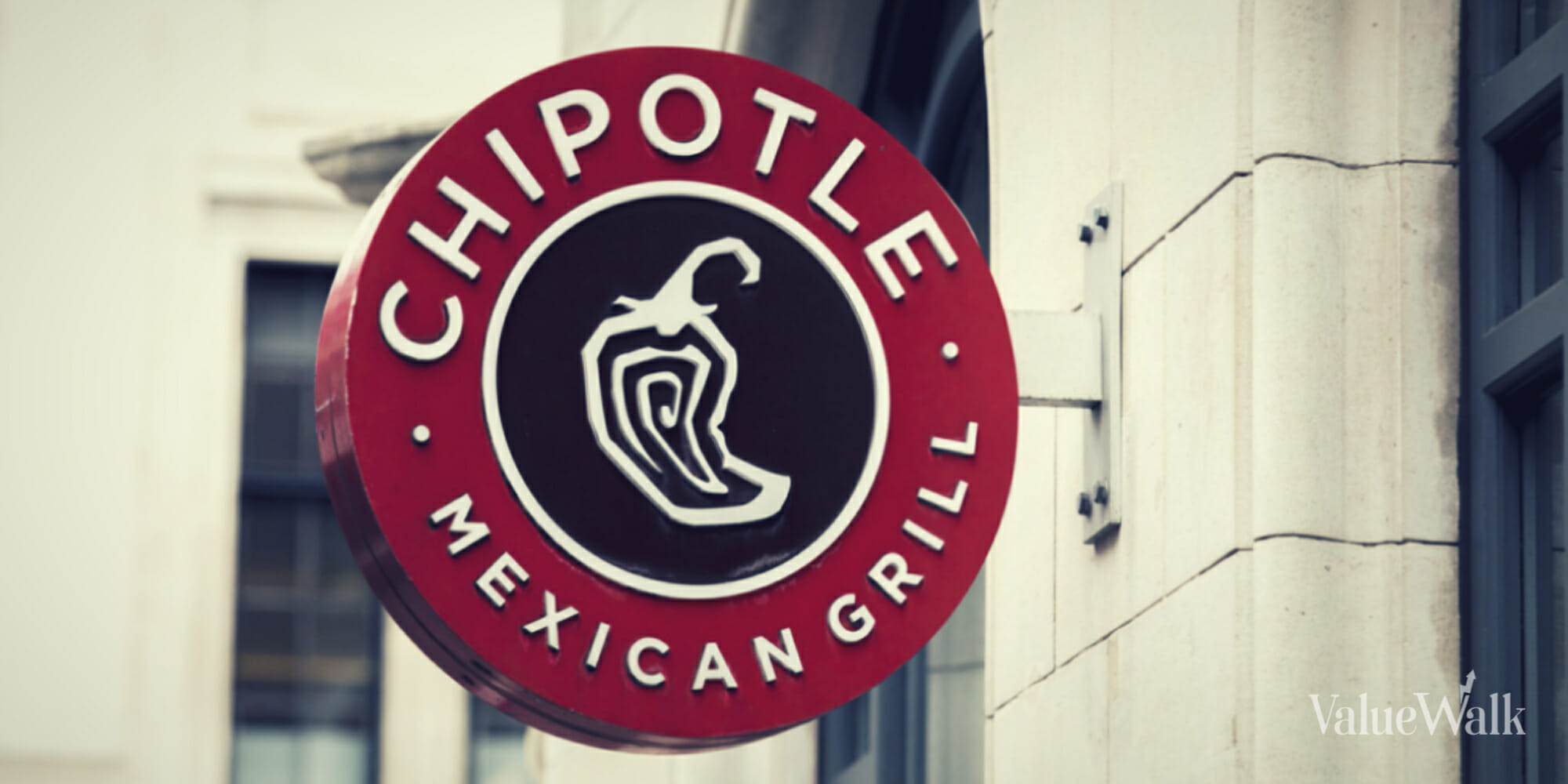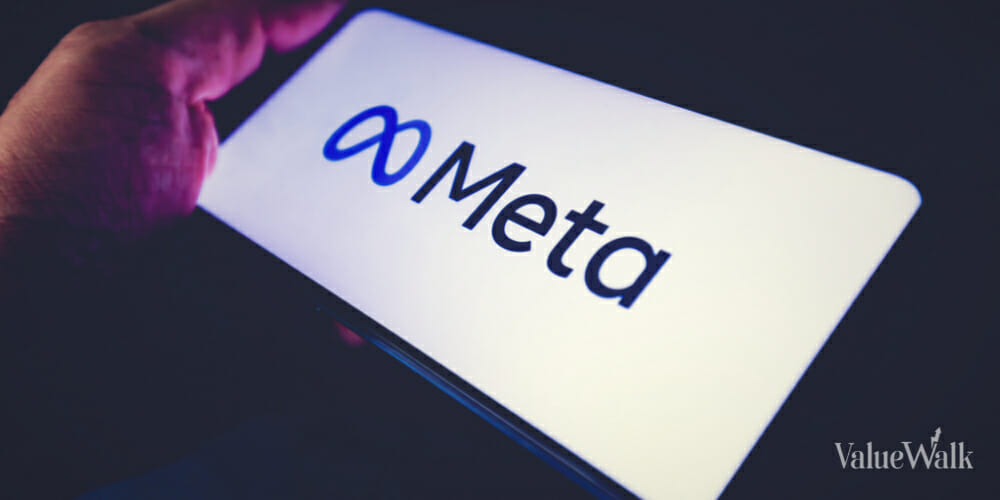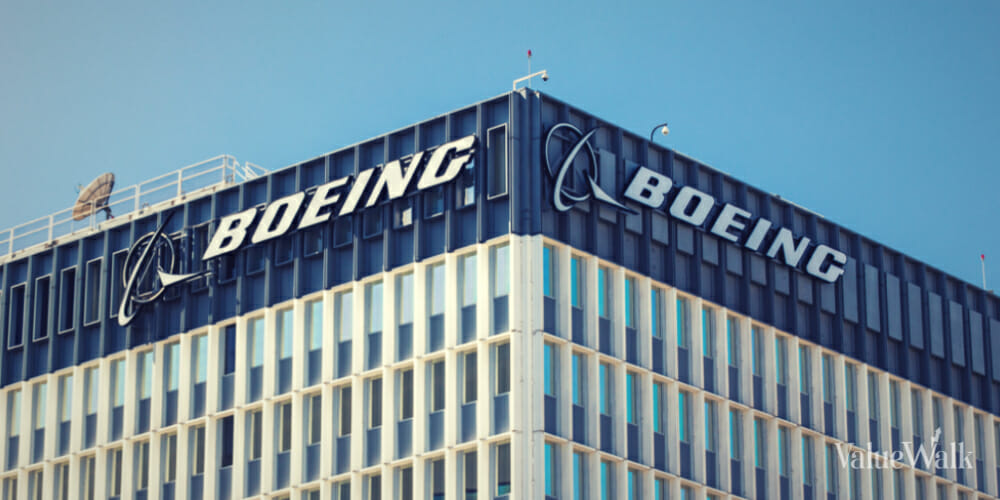The environment in which Leonard Green & Partners (LGP) invested its fifth flagship buyout fund was very different from the environment in which it was raised. The firm closed the vehicle with $5.3 billion in commitments 10 years ago today, March 28, 2007—five days before New Century Financial filed for bankruptcy protection in one of the early portents of the financial crisis.
For many of the other firms that raised pools of capital larger than $5 billion that year, the market turbulence to come led to deflated returns. Yet LGP still managed to log stellar multiples. Here’s a closer a look at how.
But first, the facts and figures. Now fully invested, Green Equity Investors V has a 17.55% IRR as of the end of 2016, second-best among the 10 funds in its benchmark, according to the PitchBook Platform. In terms of TVPI (1.9x), though, the vehicle is tops among its peers, which include major vehicles from The Carlyle Group, Silver Lake, Warburg Pincus and more. Below is a full accounting of how the fund’s multiples have progressed over the past decade, straight from the PitchBook Platform:
LGP
One key to that success: patience. Despite closing its fifth fund in 2007, LGP largely held off on investing the capital until 2010. Three of its biggest deals were announced in quick succession late that year and into 2011, all three to acquire public companies within LGP’s preferred consumer & retail sectors: J.Crew (purchased in tandem with TPG for $3 billion), BJ’s Wholesale Club (bought with CVC Capital Partners for about $2.8 billion) and Jo-Ann Stores (acquired for $1.6 billion).
More so than most private equity funds—and perhaps befitting an Los Angeles-based firm—the portfolio additions made with Green Equity Investors V tend toward big names. In a pair of other headline-snagging deals, LGP and portfolio company Authentic Brands Group deployed the vehicle to make add-on acquisitions of Muhammad Ali Enterprises and Elvis Presley Enterprises, the authorized merchandise retailers for those two 20th-century icons.
Perhaps the deal most important to those standout returns was LGP’s $425 million PIPE investment in Whole Foods (NASDAQ: WFM) made in 2008, enough to acquire a 17% stake. At the time, the company’s stock was trading at around $10 per share. Five years later, when LGP distributed 11 million Whole Foods shares to its LPs—after having already sold off a significant stake in the intervening years—the stock was hovering around the $90 mark.
“Whole Foods Market has been one of the best investments in our firm’s history,” said LGP managing partner Jonathan Sokoloff at the time.
And it’s deals like that one that allow a multibillion-dollar fund to thrive during one of the most tumultuous periods for finance in recent memory.
Article by Kevin Dowd, PitchBook





